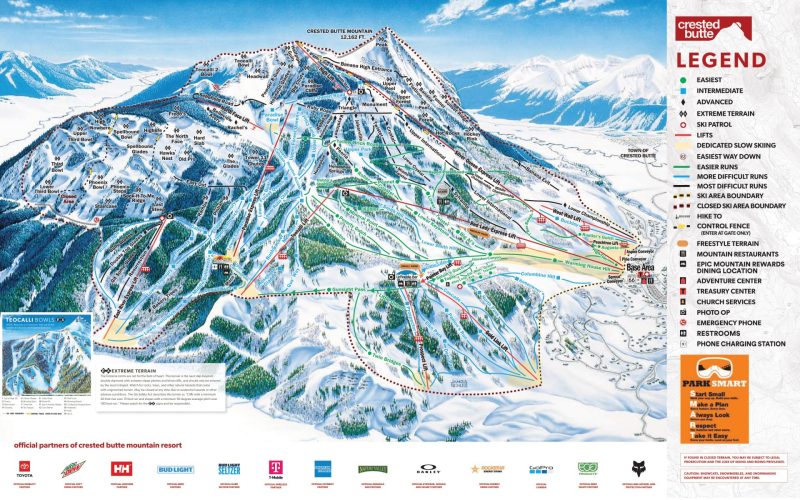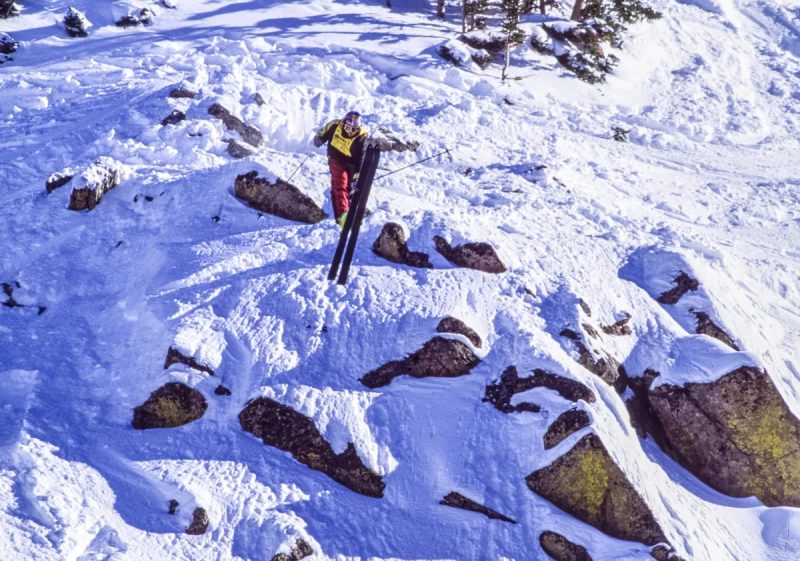
Colorado’s Crested Butte Mountain Resort (CBMR) was the early centerpiece for extreme skiing. Before extreme in-bounds terrain became mainstream across the resort ski industry, a day on the slopes meant clipping into skinny 200+ cm skis and proceeding to rip groomers. Now, many skiers head straight for the bowls, cliffs, chutes, or whatever extreme terrain the resort offers to get bucked around in search of steep lines and deep powder pockets. At the time, it was a simple idea to generate more visitors, but CBMR quickly became a model for the entire ski industry and evolved the sport into what we know it today.
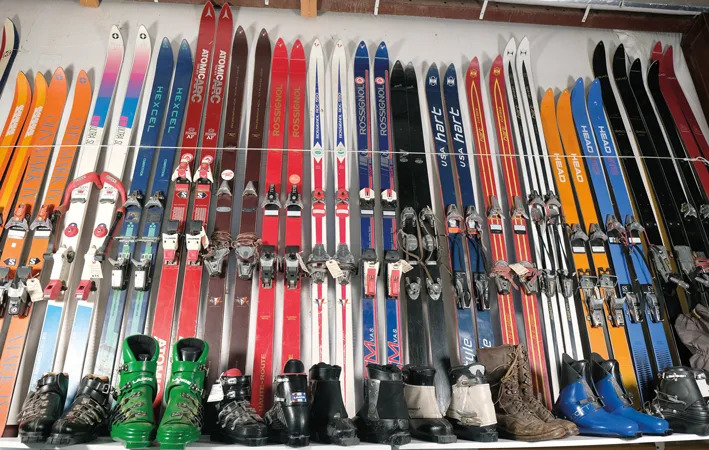
This story takes us back to the early 1980s when high-speed lifts were popping up throughout the ski industry. Resorts like Breckenridge and Vail led the industry with some of the first high-speed, detachable lifts. To keep up with the competition, Crested Butte felt the pressure to make a similar move. That’s when recent Colorado Snowsports Hall of Fame inductee John Norton proposed an idea for a new lift. At the time, Norton was running the marketing department at Crested Butte, and this is how he describes the process of purchasing the North Face Lift.
“I kept bugging the owners of Crested Butte about the need to expand, so I proposed the idea of a lift-served North Face. I received total resistance to the idea until one day, Ralph Walton [co-owner of CBMR] said to me, ‘If you want a lift so badly, buy it with your marketing budget.’ I went back to my office and came back after a couple of hours and said, ‘OK, we’ll do it. We’ll pay for the lift with the marketing budget.’”
– John Norton
Norton explained during his time thinking over the decision in the office that he was able to price a used poma lift for $250,000, which to him seemed like a “no-brainer.” CBMR purchased a used detachable Poma lift from Ski Broadmoor, a small ski area near Colorado Springs, and the North Face lift was born.
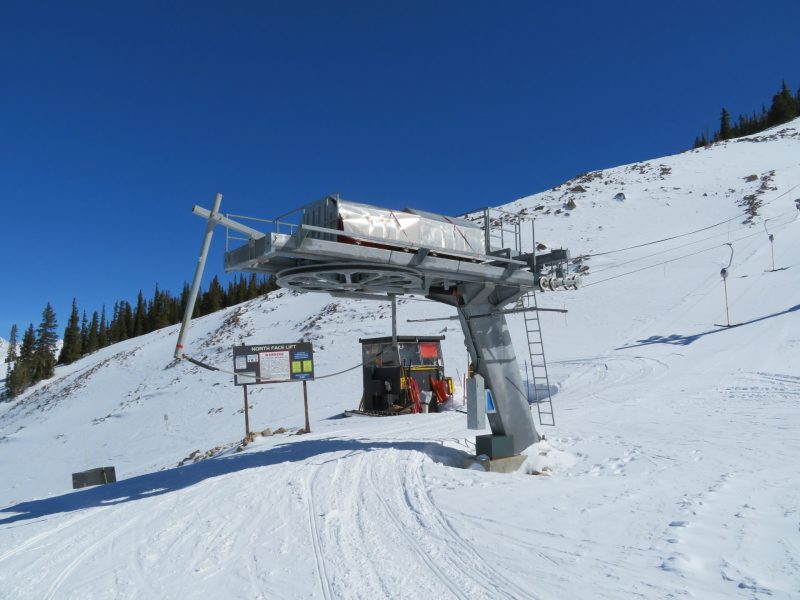
Ultimately, Norton found his diamond in the rough and made history by bringing the legendary North Face Lift to life in 1987. The low-budget surface lift did the trick and made the extreme skiing terrain within resort boundaries easily accessible. As the years went by, the popularity of the extreme terrain quickly grew, and so did the ski industry. Things began to change fast; skis widened, competitions galore, and more skiers found joy in nuking cliffs and chutes.
The extreme terrain allowed skiers to express their creativity on the slopes, which translated to the manufacturing process. The eruption of new skiing sparked demand for skis that could power through this steep and deep terrain. The design freeze of the ski broke in 1988 when the first super fat powder skis reached the market. From there, the evolution of ski design took off. A few years later, skis started having deeper sidecuts, improving maneuverability and edge performance. Eventually, in 2002, the first rocker or reverse camber hit the scene, with a big thanks to the late great Shane McConkey. The innovations that occurred during this time were largely tied to the revolution of skiing in extreme terrain, where a change in performance was required to meet the demands of the mountain. Norton noted when Bode Miller altered the ski industry’s vision of ski making.
“In 1995 or 1996 K2 came up with the K2 Four, and it was a shaped ski that Bode Miller won the U.S. Junior National Championships with. This turned the world on its head, and it seemed everyone wanted a pair of shaped skis.”
– John Norton
Miller’s decision to use the K2 Four proved that innovation was alive in skiing. The old days of long, straight skis were over, and it was time for the shorter, wider skis with deeper sidecuts to own the mountain. Norton also credited Elan for pioneering short and wide skis.
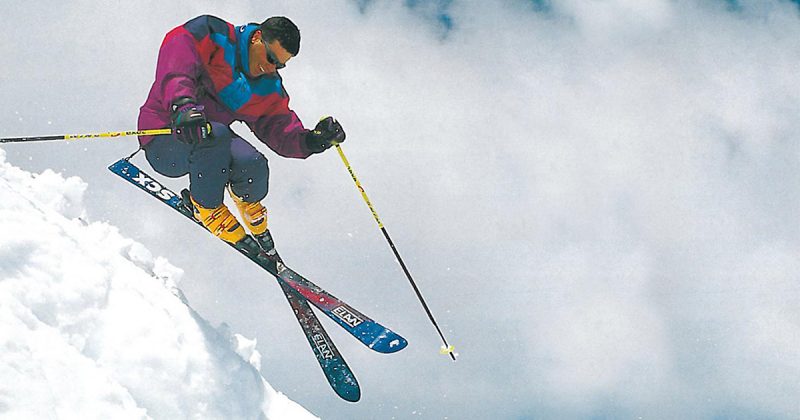
Crested Butte’s adrenaline-pumping terrain was not just appealing to the recreational skier. Extreme skiing competitions began to take place at the mountain. Crested Butte hosted the U.S. Extreme Skiing Championships in 1992, just one year after its first event in Valdez, Alaska. Extreme skiing competitions, now often called freeskiing, have grown into a massive market. Today, the Freeride World Tour reigns supreme in an industry packed with competitions globally.
Despite the success of Crested Butte’s extreme terrain, many doubters questioned its safety. Many critics assumed the worst, saying that the terrain would kill people. Norton believed that this terrain could be enjoyed safely with the proper safety measures and respect skiers had for the mountain. Norton explained the initial backlash and emphasized how, after all these years, the extreme terrain of Crested Butte has still managed to be a place skiers can safely rip. Much of the credit can be given to the CBMR ski patrol, who also carved their place in ski history.
The success Crested Butte had to provide a safe experience in their terrain created a ripple across resorts. The CBMR ski patrol became in hot demand, and Norton explained how Crested Butte’s ski patrol would constantly be sent to other mountains to teach others how to operate extreme terrain safely.
“Our ski patrol traveled across North America because we were at the forefront of avalanche control and ensuring snow conditions were safe on super steep terrain. Having that accreditation put Crested Butte on the map as a skiing destination.”
– John Norton
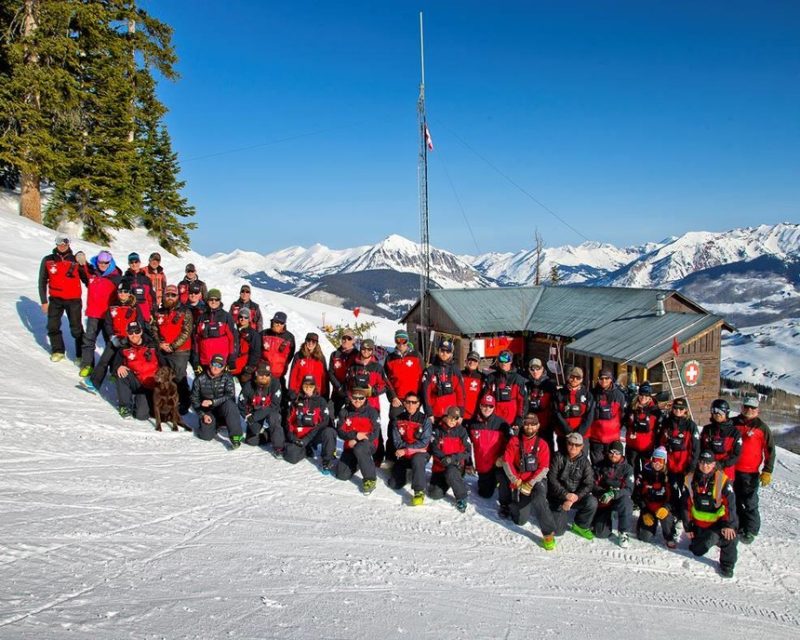
CBMR’s ski patrol and their drive to educate themselves and others on the terrain are major reasons for their success. Ensuring the safety of the skiers provided incredible risk management, enabling ski competitions to thrive in the extreme terrain at CBMR.
With the terrain stacking up, competitions couldn’t stay away. Crested Butte hosted the third-ever Winter X Games in 1998. Shortly after, in 1999, Crested Butte opened its extreme skiing contests to juniors, and today, the number of junior competitions in steep terrain at resorts exponentially outnumber the pro-level contests.
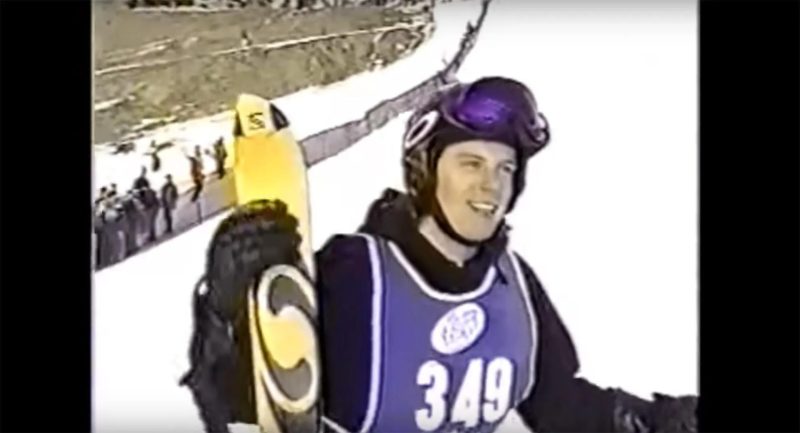
Crested Butte’s extreme terrain cannot be discussed without mentioning the High Lift. In 1991, the T-bar lift jumped on the scene and delivered. This lift accesses more of Crested Butte’s insane terrain, including the Teocalli Bowls, Headwall, Big Chute, and more. Although the terrain was next level, Norton recalls what it meant to be a skier pushing the limits at CBMR.
Norton loved the riotous times at Crested Butte in the 80s and 90s. He mentioned countless times how great it was to experience the energy the extreme terrain brought to Crested Butte and the entire ski industry. Norton describes how the next generation of skiers still feel that energy today.
“The energy is in the big mountains, the extreme skiing. And it’s because the kids are having so much fun doing it. I see them getting coached to crush all sorts of different terrain, top that off with mixing in flips, and there is just so much joy.”
– John Norton
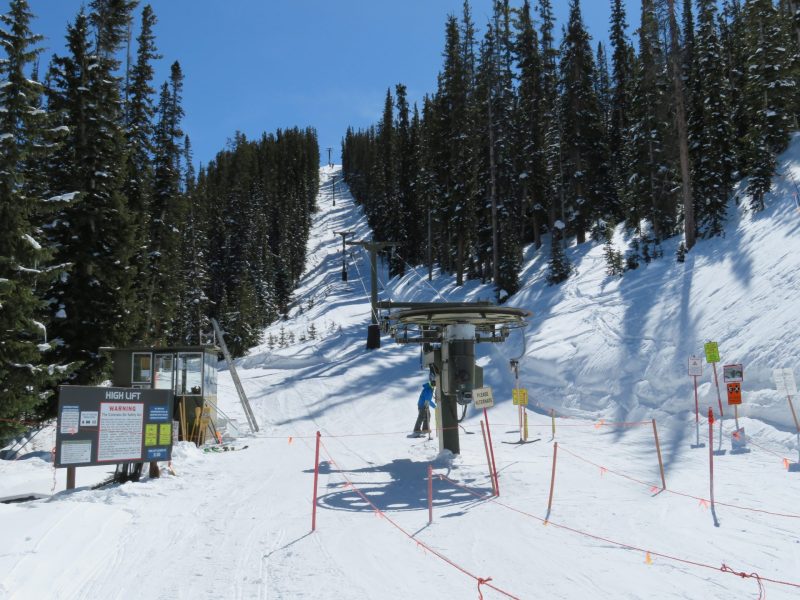
Reflecting on his career, Norton credits the North Face Lift at Crested Butte as one of his most significant accomplishments in the ski industry. Norton believed in what the mountain had to offer, which changed everything.
This is the story of how a used surface lift, purchased on a marketing budget, led to evolving skiing into the sport it is today. Since then, skiing has sprung awake from its stagnant progression into a constantly evolving sport. Popularity has been skyrocketing, and everyone can find their place in the sport, whether casually cruising a groomer, finding peace in the steeps, or inspiring the next revolution.
